‘Ten thousand thundering typhoons!’ I curse loudly as my head crashes into a concrete beam in the darkness.
I’m deep in the bowels of the unexplored netherworld beneath our house, sweat pouring off me, filthy and dirty, crawling through brick crevasses and frantically prising open ancient trunks looking for hidden treasure; much like Tintin and Captain Haddock in the final pages of The Secret of the Unicorn.
Boxes piled high with elaborate but worthless junk, the detritus of our advertising film production company, threaten to topple over and bury me alive. Still I crawl on, determined to get my hands on the loot. It’s in here somewhere. I can feel it in my bones. Much like Red Rackham’s Treasure, the hunt for an invaluable relic from my distant past draws me in deeper and deeper.
My Mum phoned the other day, somewhat excited. She’d read in the paper that Sotheby’s recently auctioned, for a small fortune, an original numbered limited edition copy of Tintin au Pays des Soviets in pristine condition. It appears that certain comic books have now become highly valued collector’s items. I wish I’d known that all those years ago when my entire bedroom was littered with them.
Oh yeah, and as Mum was keen to remind me, I also possess an original numbered limited edition copy of Tintin au Pays des Soviets. Given to me in 1973 by the author, Hergé. Signed.
All my Tintin books, I’m pretty sure, are stuffed away down here somewhere in the damp, dark depths of our musty cellar. I struggle to shift another carton of crockery to clear a space to get to the boxes at the back. Who knows, maybe my own priceless relic from that childhood visit to a Brussels studio is now worth a pirate’s ransom?
‘Pristine’. I mutter the word miserably under my breath, as I stare into another box of mouldy clothing and yellowing books. That’ll be the catch. Earlier that morning, I’d checked the Sotheby’s story online for about the 20th time. ‘A signed copy in pristine condition has fetched…’ I sneeze violently, sending a cloud of ancient spores spiralling into the dust.
I’m struck by an intriguing thought.
How is that Hergé can have been so damn prescient? Open any newspaper these days, and it reads like one of his adventures. Some 31 years and 19 days after his death.
This week, half the world’s armies, navies and secret service agencies are busy combing the oceans, poring over satellite images and trawling through a Malaysian pilot’s undies and socks drawer in an effort to solve the mysterious disappearance of Malaysia Airways flight 370. Yet ask any Tintinologist and they know exactly what happened. The whole thing is ripped off Hergé’s masterpiece Flight 714, in which Tintin, Snowy, Calculus and Haddock find themselves — on a flight from Jakarta no less — being abducted by two dubious pilots who switch off the plane’s communications systems before going into a nosedive and flying for hours beneath radar level and landing at a secret airstrip in the Lesser Sunda Islands, in the very stretch Australian operatives are now hunting for MA370. And for all those naysayers who claim you can’t land a modern jet on a secluded beach runway, Hergé had that figured out too. (Top of page 18.)
My eyes are stinging, but the more I try and wipe the sweat from my eyelids the more filth I rub in. I tug at another box, but it stubbornly refuses to move. My legs are cramped in the confined space.
If I can get the rusty amplifier off from the top of the crate labelled ‘kitchen and other stuff’ then I should be able to slide the next box into its place and open it without cracking my bloody skull again.
KER-CRASH!
Behind me the four boxes of digi-beta masters of old TV ads and intestine-shaped advertising awards that I had precariously balanced on top of the upside down coffee table smashes onto the concrete floor, sending up a suffocating cloud of motes.
Hergé’s tales of Tintin spanned decades; uncovering the sinister activities of criminal gangs, drug-smugglers, oil sheiks, arms dealers and all manner of political despots. (After the war he was accused, erroneously, of being a Nazi sympathiser.) Hergé even anticipated the cold war weapons race and moon landings years in advance.
What separated Tintin from all other comic strip heroes was Hergé’s obsessive attention to detail; every street corner, every artefact, every technicality was meticulously researched for accuracy. Time and again, from his rocket designs to his own version of WiFi, he was way ahead of his times. Only last week a team of researchers declared that humans and dogs recognise the same vocal patterns. Fans of Tintin and Snowy have known that for years.
Voters in Crimea this week came up with the ‘correct’ result after the Russians ‘scared people, threatened them and showed them news that wasn’t true’, we learned. Yep, just like in Tintin in the Land of the Soviets. We Hergé fans know precisely how Putin in Crimea will pan out, and it won’t be pretty.
I sigh, defeated. My limbs are aching, I can barely breathe. Years ago, our entire basement flooded, three feet deep. No doubt my precious signed copy of the book floated away amongst all the sodden junk; taking my fortune with it. The dank walls still retain that sickly, stifling smell. I have a mental picture of getting stuck down here, the floodwaters rising again, trapped, gasping for air — just like Tintin in The Black Island.
In the beam of the torch, poking out from behind a dismantled Ikea desk, I see an old treasure chest. It’s a fake one of course; a spray-painted prop from a Kellogg’s commercial I made back in the Nineties.
I clench the torch in my teeth as I lean awkwardly on one elbow. Wearily I lift the (fake) bejewelled lid. My hand rummages through some old papers, kids’ toys, a file stuffed with letters, an old photo album, an address book, an autographed photo of Billy Snedden, a signed copy of Sgt. Pepper’s and…
‘Billions of blue blistering barnacles!’ I gasp.
Got something to add? Join the discussion and comment below.
Get 10 issues for just $10
Subscribe to The Spectator Australia today for the next 10 magazine issues, plus full online access, for just $10.
You might disagree with half of it, but you’ll enjoy reading all of it. Try your first month for free, then just $2 a week for the remainder of your first year.

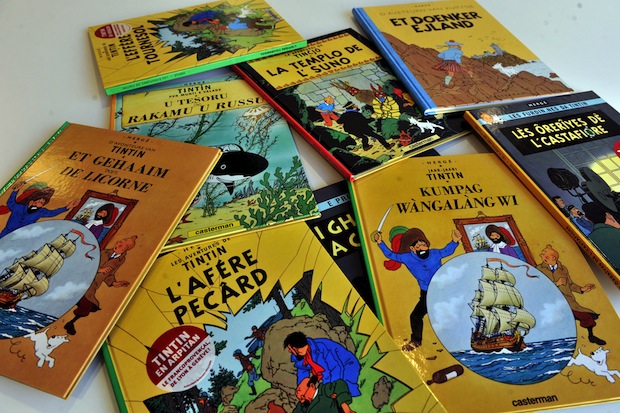
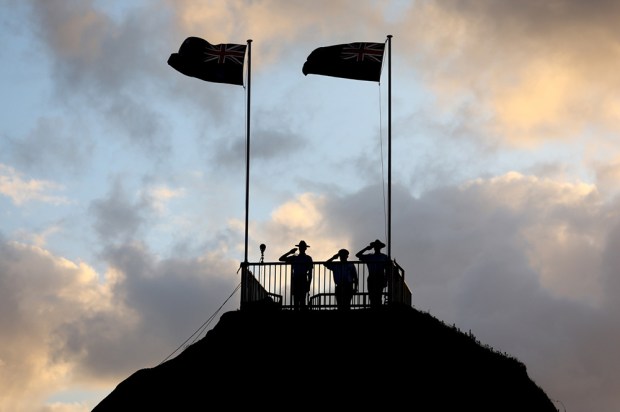

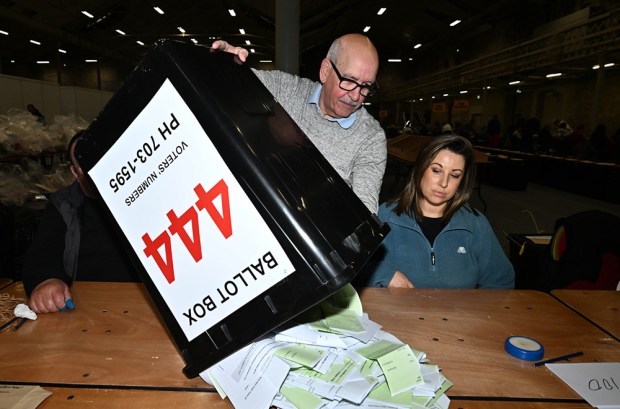

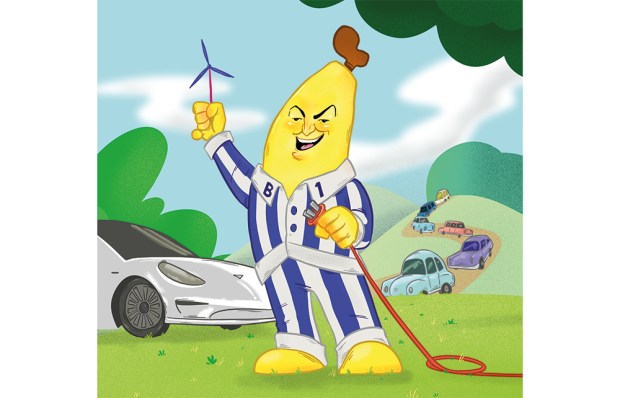
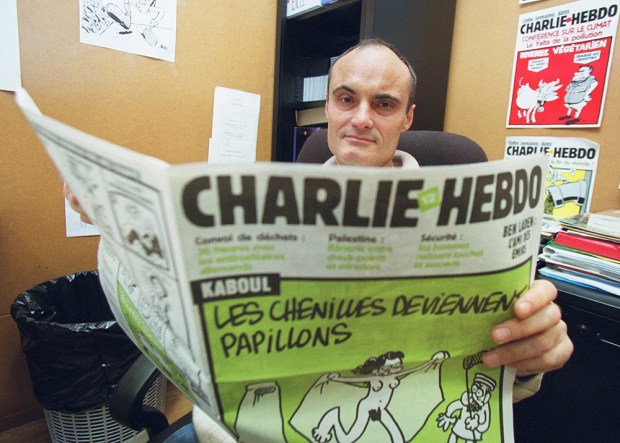






Comments
Don't miss out
Join the conversation with other Spectator Australia readers. Subscribe to leave a comment.
SUBSCRIBEAlready a subscriber? Log in